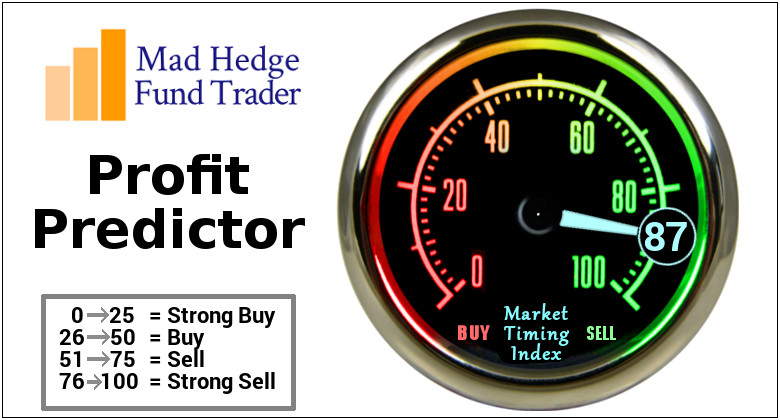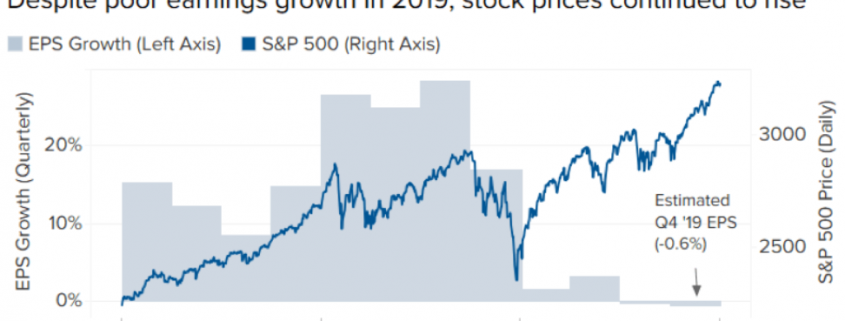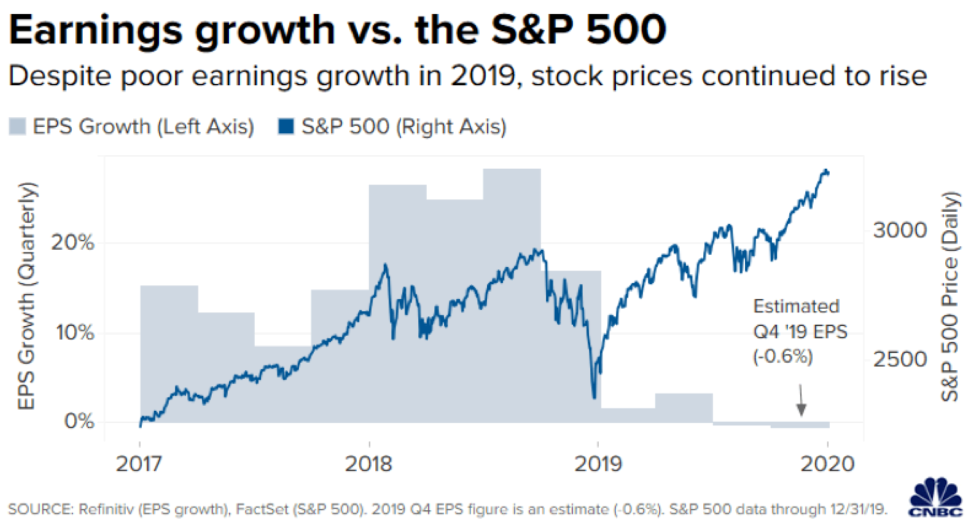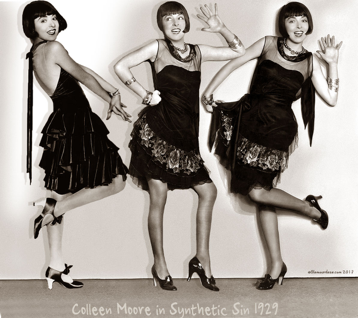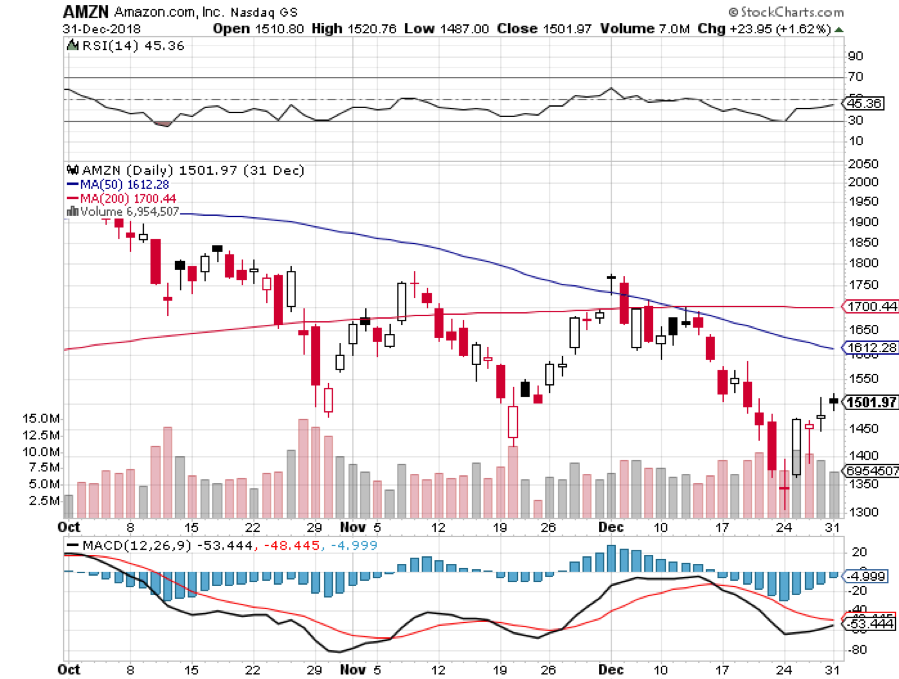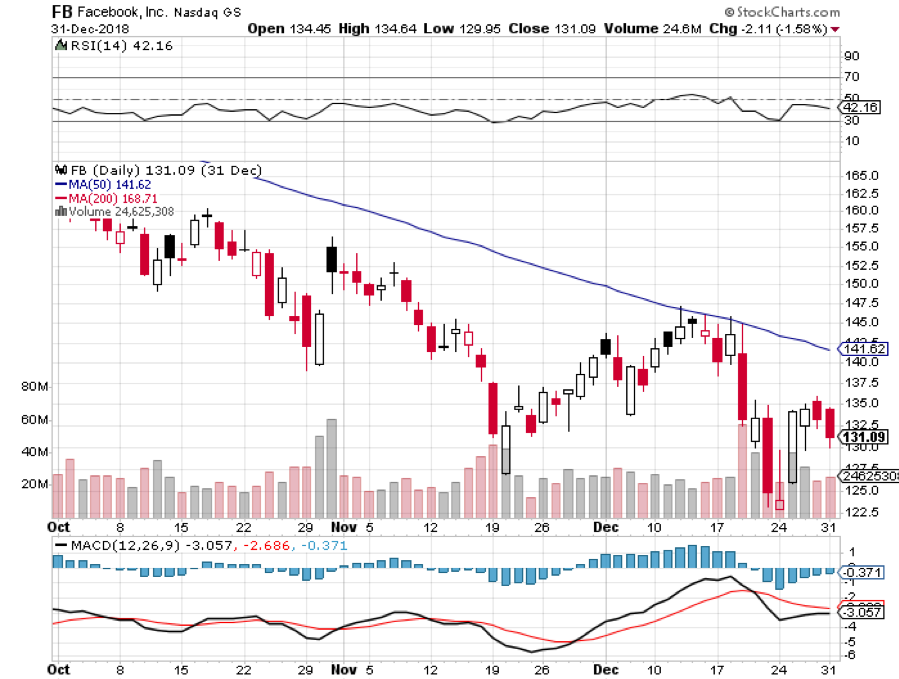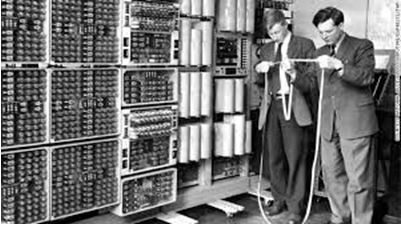While the Diary of a Mad Hedge Fund Trader focuses on investment over a one week to a six-month time frame, Mad Day Trader, provided by Bill Davis, will exploit money-making opportunities over a brief ten minute to three-day window. It is ideally suited for day traders, but can also be used by long-term investors to improve market timing for entry and exit points. Read more
Mad Hedge Technology Letter
January 15, 2020
Fiat Lux
Featured Trade:
(THE TRADE ALERT DROUGHT EXPLAINED)
(GOOGL), (AMZN), (MSFT), (FB), (JPM)
Why has there been a dearth of Mad Hedge Tech trade alerts to start the year?
Let me explain.
Love it or hate it – earnings' season is about to kick off.
And now, this is the part where it starts to get ugly with consensus of a 2% year-over-year decline in fourth-quarter S&P 500 earnings.
Banks are expected to be a rare bright spot and JPMorgan (JPM) delivered us stable results as one of the first to report.
The unfortunate part of the equation is that a lot has to go right for tech shares to go unimpeded for the rest of the year.
What we have seen in the first 2 weeks of the year is a FOMO (fear-of-missing-out) environment in which valuations have lurched forward to 20 times forward earnings.
Tech is overwhelmingly carrying the load and I have banged on the drums about this thread advising readers to be acutely aware of a heavy positive bias towards the FANGs in 2020.
Well, that is already panning out in the first two weeks.
Examples are widespread with Facebook (FB) up over 8% and Apple (AAPL) already topping 6% to start the year.
It would be farfetched to believe that the tech sector can keep pilfering itself higher in the face of negative earnings growth.
However, behind the scenes, relations between China and America are improving, the threat of war with Iran is subsiding, and the Fed continues strong support tempering down risk to tech shares.
The situation we find ourselves in is that of an expensive tech sector that will again guide down on upcoming earnings’ reports telegraphing softness moving into the middle part of the year.
The ensuing post-earnings sell-off in specific software stocks will offer optimal short-term entry points.
The current risk-reward of chasing FANGs at these levels is unfavorable.
Another glaring example of the FANG outperformance is Alphabet who rose 26% last year.
They are on the brink of joining the $1 trillion club that Apple and Microsoft (MSFT) have joined.
Its market value currently sits idling at $985 billion and its surge towards the vaunted trillion-dollar mark is more of a case of when than if.
Alphabet (GOOGL), more or less, still expands at the same rate of low-20% annually that it did 10 years ago.
Sales have ballooned to $160 billion annually and they sit at the forefront of every cutting-edge sub-sector in technology from artificial intelligence, autonomous driving, and augmented reality.
The engine that drives Google is still its core advertising business and strategic premium acquisitions like YouTube and penetration into other fast-growing areas such as cloud computing.
It has rounded out into a broad-based revenue accumulator.
Apple was the first public company to surpass a $1 trillion market cap and ended the year up 86% in 2019, and it has only gone up since then currently checking in at a $1.36 trillion market cap.
Microsoft followed Apple, hitting the $1 trillion mark during the first half of 2019, and it is now worth $1.23 trillion.
Amazon fell back after surging past the $1 trillion mark but inevitably will achieve it on the next heave up.
Amazon shares have been quickly heating up since its capitulation from $2,000 in July 2019 and round out the group of overperforming tech behemoths.
Although the rush into big-cap tech stocks in the first two weeks has been a bullish signal, it still doesn’t marry up with the lack of earnings growth in the overall tech sector.
Companies beating meager expectations will experience strong share appreciation although not at the pace of last year and will still serve investors pockets of overperformance.
We will find our spots to trade shortly, but better to keep our gunpowder dry at the moment.
“Our industry does not respect tradition – it only respects innovation.” – Said CEO of Microsoft Satya Nadella
Global Market Comments
January 15, 2020
Fiat Lux
Featured Trade:
(FRIDAY, JANUARY 31, 2020 GUADALCANAL STRATEGY LUNCHEON)
(A RADICAL VIEW OF THE MARKETS),
(INDU), (SPY)
Come join me for lunch at the Mad Hedge Fund Trader’s Global Strategy Update, which I will be conducting in Honiara in the Solomon Islands at 12:30 PM on Friday, January 31, 2020.
An excellent meal will be followed by a wide-ranging discussion and an extended question-and-answer period.
I’ll be giving you my up-to-date view on stocks, bonds, currencies, commodities, precious metals, energy, and real estate.
And to keep you in suspense, I’ll be throwing a few surprises out there too.
Tickets are available for $299.
The lunch will be held at the only decent hotel in the Solomon Islands, one of the poorest countries in the world. Malaria is endemic, so bring your Malaria pills (start taking them three days before departure). Typhoid shots will also be helpful.
If you have any questions about the Guadalcanal luncheon, please email me at support@madhedgefundtrader.com. Just put “Guadalcanal Luncheon” in the subject line.
I look forward to meeting you and thank you for supporting my research. To purchase tickets for this luncheon, please click here.
When the Commandant of the Marine Corps asks for a favor, you say “Yes Sir” without hesitating. So when General David H. Berger called me and asked to represent him at the 78th annual memorial service for the 1942 Battle of Guadalcanal, I started booking my flight.
It seems I’m the only living Corps veteran who had both a father and an uncle fight at Guadalcanal, who also speaks Japanese. That will enable me to sympathize with the Japanese families attending the service who lost loved ones.
I have acted as a diplomatic representative for the Marine Corps for many decades. Over the years, I have met presidents, Medal of Honor winners, and Navaho code talkers. My favorite was always the annual D-Day memorials at the Normandy beaches where I usually participated in a flyover. For a history buff like me, it’s a dream come true. Plus, Normandy had better food.
Guadalcanal was the decisive battle of WWII. The Americans lost 7,000 men, 25 ships, and 175 planes. The Japanese lost 30,000 men, 25 ships, including a major battleship, and 450 planes. Before Guadalcanal, the Japanese had never lost a battle. After Guadalcanal, they never won. If the US had lost Guadalcanal, WWII would have continued until 1948 or 1949.
Dad on the Right
What if the consensus is wrong?
What if instead of being in the 11th year of a bull market, we are actually in the first year, which has another decade to run? It is not only possible, it is probable. Personally, I give it a greater than 50% chance.
There is a possibility that the bear market that everyone and his brother has been long predicting and that the talking heads assure you is imminent, has already happened.
It took place during the fourth quarter of 2018, when the Dow Average plunged a heart-rending 20%. How could this be a bear market when historical ursine moves down lasted anywhere from six months to two years?
Blame it all on hyperactive algorithms, risk parity traders, and hedge funds, which adjust portfolios with the speed of light. If this WAS a bear market and you blinked, then you missed it.
It certainly felt like a bear market at the time. Lead stocks like Amazon (AMZN), Apple (AAPL), Facebook (FB), and Alphabet (GOOGL) were all down close to 40% during this hellacious three-month period. High beta stocks like Roku (ROKU), one of our favorites, was down 67% at the low. It has since risen by 600%.
In my experience, if it walks like a duck and quacks like a duck, then it is a bear. If true, then the implications for all of us are enormous.
If I’m right, then my 2030 target of a Dow Average of $125,000, an increase of 331% no longer looks like the mutterings of a mad man, nor the pie in the sky dreams of a permabull. It is in fact eminently doable, calling for a 15% annual gain until then, with dividends.
What have we done over the last ten years? How about 13.08% annually with dividends reinvested for a total 313% gain.
For a start, from here on, we should be looking to buy every dip, not sell every rally. Institutional cash levels are way too high, and bearishness is rampant.
It all brings into play my Golden Age scenario of the 2020s, a repeat of the Roaring Twenties, which I have been predicting for the last ten years. This calls for a generation of 85 million big spending Millennials to supercharge the economy. Anything you touch will turn to gold, as they did during the 1980s, the 1950s, and well, the 1920s. Making money will be like falling off a log.
If this is the case, you should be loading the boat with technology stocks and biotech stocks at every opportunity. Although stocks look expensive now, they are still only at one-fifth peak valuations of the 2000 summit.
Let me put out another radical, out-of-consensus idea. It has become fashionable to take the current red-hot stock market as proof of a Trump win in the 2020 election.
What if the opposite is true? What if, in fact, the market is discounting a Trump defeat? It makes economic sense. It would bring an immediate end to our trade war with the world, which is currently costing us 1% a year in GDP growth. Take Trump out of the picture and our economy gets that 1% back immediately, leaping from 2% to 3% growth a year.
The last Roaring Twenties started with doubts and hand wringing similar to what we are seeing now. Everyone then was expecting a depression in the aftermath of WWI, now that the big-time military spending was ending. After a year of hesitation, massive reconstruction spending in Europe and a shift from military to consumer spending won out, leading to the beginning of the Jazz Age, flappers, and bathtub gin.
I know all this because my grandmother regaled me with these tails, an inveterate flapper herself. This is the same grandmother who owned the land under the Bellagio Hotel in Las Vegas until 1978 and then sold it for $10 million.
It all sets up another “Roaring Twenties” very nicely. You will all look like geniuses.
I just thought you’d like to know.
While the Diary of a Mad Hedge Fund Trader focuses on investment over a one week to a six-month time frame, Mad Day Trader, provided by Bill Davis, will exploit money-making opportunities over a brief ten minute to three-day window. It is ideally suited for day traders, but can also be used by long-term investors to improve market timing for entry and exit points. Read more
When John identifies a strategic exit point, he will send you an alert with specific trade information as to what security to sell, when to sell it, and at what price. Most often, it will be to TAKE PROFITS, but, on rare occasions, it will be to exercise a STOP LOSS at a predetermined price to adhere to strict risk management discipline. Read more
Legal Disclaimer
There is a very high degree of risk involved in trading. Past results are not indicative of future returns. MadHedgeFundTrader.com and all individuals affiliated with this site assume no responsibilities for your trading and investment results. The indicators, strategies, columns, articles and all other features are for educational purposes only and should not be construed as investment advice. Information for futures trading observations are obtained from sources believed to be reliable, but we do not warrant its completeness or accuracy, or warrant any results from the use of the information. Your use of the trading observations is entirely at your own risk and it is your sole responsibility to evaluate the accuracy, completeness and usefulness of the information. You must assess the risk of any trade with your broker and make your own independent decisions regarding any securities mentioned herein. Affiliates of MadHedgeFundTrader.com may have a position or effect transactions in the securities described herein (or options thereon) and/or otherwise employ trading strategies that may be consistent or inconsistent with the provided strategies.

